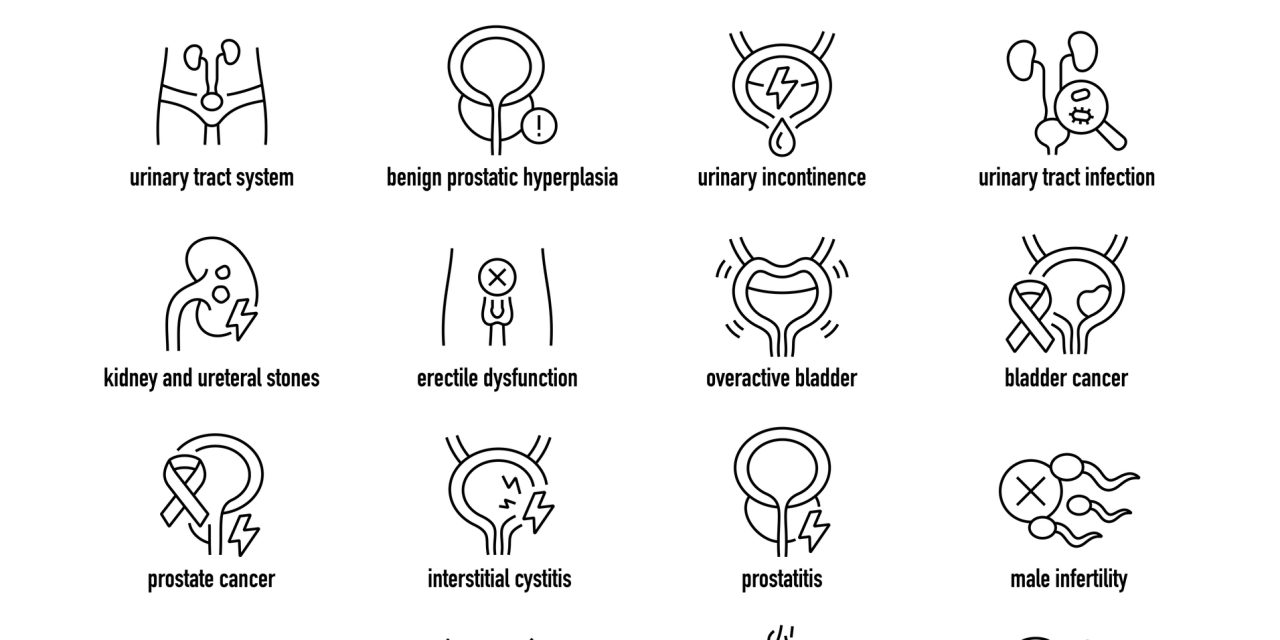The aim of this study is To evaluate the relationship of skin-to-stone distance (SSD) and sans stone rates following extracorporeal shockwave lithotripsy (SWL) utilizing two measurable strategies: calculated relapse and a coordinated pair investigation approach. Patients with a singular radio-misty upper ureteral analytics analyzed on noncontrast processed tomography were incorporated. Patients were treated with a Sonolith I-Sys Lithotripter (central profundity 17 cm). Stone treatment achievement was characterized as stone free (sections ≤3 mm) at 3 months. Disappointment was characterized as tireless sections past 3 months or necessity for mediation with ureteroscopy. The result was surveyed by a plain kidney, ureter, and bladder radiograph (KUB) at about fourteen days. Calculated relapse was utilized to decide the relationship of patient and stone variables with treatment disappointment. The patient associate was separated into tertiles by SSD, and coordinated pair examination was embraced between people from the top and base tertiles. From an information base of 2849 patients who went through SWL, 397 patients were distinguished who had treatment of a solitary upper ureteral stone. Different meetings was the solitary factor fundamentally connected with treatment disappointment on multivariable examination. This examination shows by two factual techniques that SWL can give strong treatment of upper ureteral stones in fat patients and that the upper limit of SSD for SWL with Sonolith I-SYS could be reconsidered to permit these patients the advantages of SWL.
Reference link- https://www.liebertpub.com/doi/10.1089/end.2019.0717


